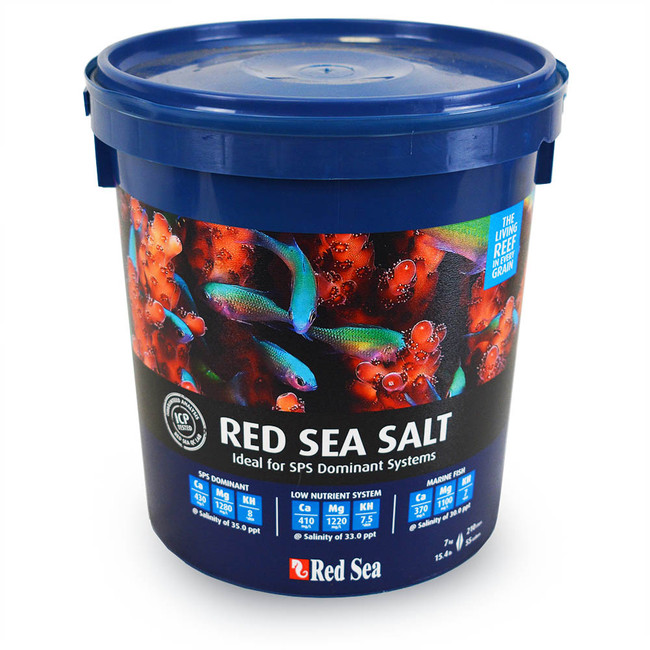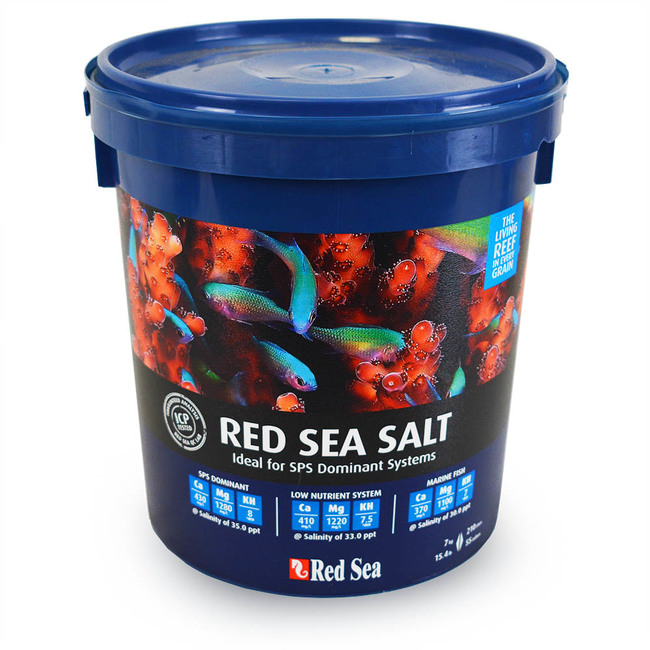Beginner Tips and Tricks
What is the most important part of saltwater? SALT!
The next aspect of your water is salt! If you are attempting to create a reef tank it is good to use a salt that is targeted towards a reef tank. When mixing it is Ideal to have your mixing container filled with circulating water then add the salt. This allows the salt to dissolve quicker and allows you to add salt slowly. It is always easier to add more salt than to add more water. For circulation, you can stir with something as simple as a net or your hand, or you can use a small utility pump in order to create a continuous and powerful current. Salt also dissolves quicker in warmer water, it also can be harmful to add cold water to a tank, and can lead to a sudden temperature spike that will cause stress to you inhabitants, and possibly even death.
In order to maintain good water, you must have a basic knowledge of salinity. Salinity is the amount of salt that is in the water. It is measured in PPT which stands for parts per thousand, and specific gravity which is measured in density. Specific gravity is more common, and the way it works is it determines the density of the water, 1.00 would be pure water, its density is one of itself, a specific gravity of 1.025, which is the ideal specific gravity is 2.5% denser than freshwater. In PPT the desired number is roughly 35 PPT. In order to maintain this, you will need a measuring device. The most common being a hydrometer, however, these devices are very finicky and inaccurate. A far superior device is a refractometer, these devices use light in order to calculate salinity. You can get a cheap one for about twenty bucks on amazon.
Once you have a measurement tool you need to maintain your tank. One common mistake is that people will only fill their tank with saltwater, however, when water evaporates from a tank it is only freshwater leaving the tank. Since the salt stays as you top off the tank with saltwater the concentration increases and the salinity will increase. In order to maintain salinity levels, you must add fresh water when you are replacing, and you should only add saltwater when you have removed saltwater.
A necessity when it comes to keeping good water quality is to perform consistent water changes. While there are several often fad systems that claim no water changes these methods are typically not successful when it comes to new tanks. When I started I thought that a water change meant changing all of the water. Luckily this is not the case, and a water change typically only requires 10 to 20 percent of the water to be removed from the tank twice a month.
These water changes serve to not only remove unwanted nutrients, but also to replenish the nutrients that have been used up by your corals. They are necessary and extremely important they are not only an important part of regular maintenance but can also act as a get out of jail free card. If you see signs of stress from your corals or fish it is highly recommended that you do a large water change of roughly 30-50% in order to remove any impurities or major pollutants. There will be another article tomorrow about the next aspect of water macronutrients.



